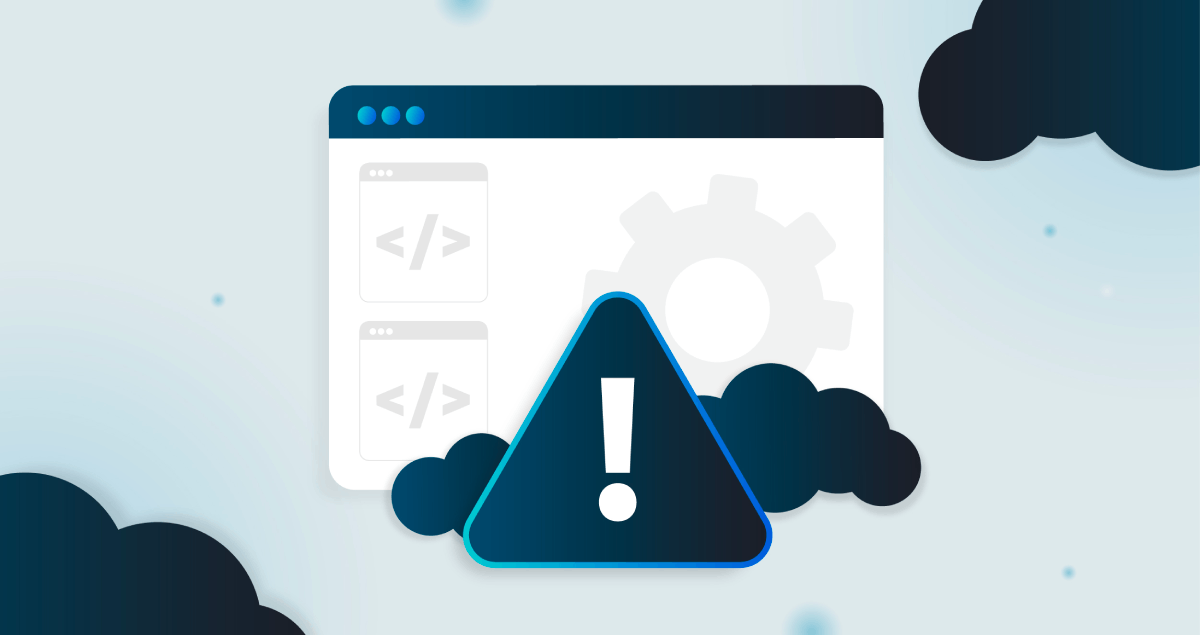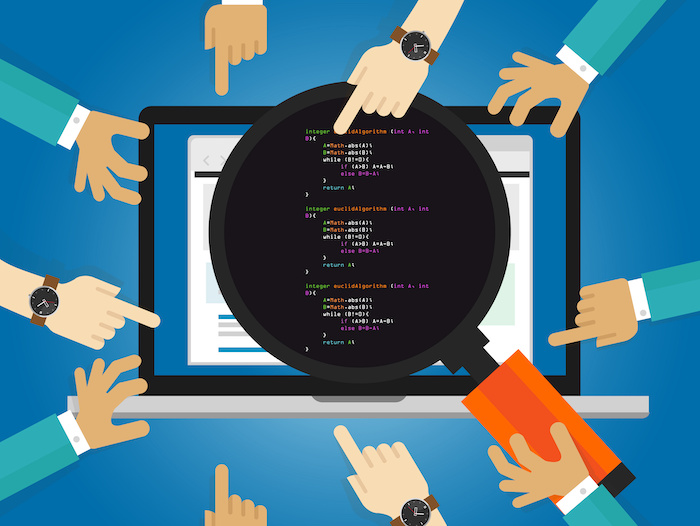Last year, 93% of enterprises that experienced a breach reported serious consequences, from unplanned downtime to data exposure and financial loss. Yet many organizations still assume that more software solutions or specialists alone will keep them safe.
Meanwhile, attack surfaces continue to grow, and AI introduces entirely new risks. The organizations that will stay ahead are those that actively embed security knowledge within their teams.

The Shortage of Security Expertise
According to a World Economic Forum report this year, only 14% of organizations have the cybersecurity talent they need.
As there’s a talent shortage, organizations can’t hire their way out of security problems. And even when experts are hired, retention is a challenge due to burnout and tight budgets. Instead, organizations should upskill their teams so security knowledge is built into everyday processes.
What’s important to remember is that upskilling depends on the training methods used. Some organizations have already attempted to upskill their teams, only to see limited results. The difference lies in how that training is delivered. One-off workshops or video courses create temporary awareness but rarely change behavior.
What works is training that’s hands-on, contextual, and reinforced through practice, where developers encounter security concepts while solving realistic problems. Upskilling existing staff in this way, especially those involved in developing and deploying applications, ensures that security awareness is distributed rather than being bottlenecked.
When everyone understands how their work impacts risk, security becomes a shared responsibility rather than a specialized role.
Perception vs. Reality in Security Leadership
Another study shows that a large perception gap exists in many organizations between leadership and those reporting to them. 45% of C-level executives report being “very confident” in managing cyber risk, but only 19% of mid-level managers agree.
This kind of disconnect can create confusion for developers, as they may receive conflicting requirements. Apart from that, resources could be misallocated, leading to overlooked vulnerabilities. Leadership often focuses on aspects like compliance and cost, while security and development teams have a better understanding of the real threats the organization faces.
One way to close this gap is through a Security Champions program supported by both leadership and management. It empowers employees from across teams to act as security advocates and spread awareness. It also ensures that security priorities flow consistently between strategy and execution.
Managing a Growing Attack Surface
Today’s organizations often struggle to understand the size of their attack surface, mainly because no single team has complete visibility, and security and development teams often operate in silos.
While attack surface management solutions exist, they require expertise that most organizations simply do not have.
There are also problems, such as maintaining legacy systems nobody wants to turn off, deploying cloud infrastructure without proper inventory, adding open-source dependencies without tracking them, and having unused features in production.
Ways to reduce the attack surface are following secure coding principles, making careful architectural decisions, minimizing dependencies, and adopting least-privilege principles. Also, collaborative threat modeling plays an important role here because identifying potential threats early in development enables teams to prioritize defenses and reduce overall risk.
Security as a Continuous Practice
Many organizations invest in visible security measures, such as annual penetration tests, yearly training sessions, code review checklists, and compliance audits. These still have value because compliance frameworks provide important baselines, and pen tests can uncover critical issues.
However, they shouldn’t be the sole focus; otherwise, organizations fall into “security theater,” which are activities that demonstrate investment without necessarily reducing day-to-day risk.
Unfortunately, training only once a year doesn’t build lasting habits, as security should be reinforced through daily practice; otherwise, awareness fades and risks resurface.
Part of this can be countered by tracking metrics, such as remediation time, adoption of secure coding practices, or reductions in high-risk findings, to create a feedback loop for continuous improvement.
Security is most effective when all teams in the software development life cycle (SDLC) understand their role in maintaining safety. Product managers, QA, DevOps, and IT all contribute to a security-aware culture that reinforces safe practices.
Balancing Speed with Security
Organizations want fast development and secure code, but rarely provide time for both. Sometimes, due to deadline pressure, developers deploy code with known vulnerabilities, planning to address them later, which allows security debt to accumulate.
Every day a vulnerability remains unresolved is a day of heightened risk. SecureFlag’s data shows that teams trained in secure coding achieve, on average, a 27% faster remediation time within the first 12 months.
The assumption that security slows development is not always correct. In reality, developers who are trained in secure coding and integrate it into their usual workflow are faster overall.
AI Adoption Without Governance
AI coding tools are becoming increasingly standard, but many teams use them without proper guidance or a comprehensive understanding of AI and LLM vulnerabilities.
Developers generate code with ChatGPT, Copilot, Claude, and other tools with little review for security risks. Few organizations have established policies on AI use, and training for developers on secure AI practices is limited.
AI introduces new attack surfaces, over-reliance on automation, and compliance or supply chain risks. Organizations moving quickly to capture AI productivity gains can manage these risks by training developers with the right skills.
Teams that train in secure coding and AI-specific labs learn to:
-
Identify and mitigate vulnerabilities in AI-generated code.
-
Understand AI-powered threat vectors.
-
Adopt AI tools responsibly while maintaining secure workflows.
What’s needed is a fundamentally different approach to developing and maintaining security knowledge. It needs to be continuous, practical, and embedded into the tools and workflows teams already use, especially as AI is changing how code is written.
What Organizations Can Do Differently
The challenges are there, but a way to reduce risk is to embed security knowledge into the teams involved in the SDLC.
-
Make developer security training part of day-to-day work.
-
Integrate security into design, code review, and testing as ongoing practices.
-
Align leadership and frontline teams on threats and realistic priorities.
-
Focus on practices that reduce risk and have a noticeable impact.
-
Distribute security knowledge across teams.
Making Security Part of Every Line of Code
SecureFlag helps organizations embed security knowledge directly into teams through interactive, lab-based training. They gain practical experience by completing real-life challenges.
Key benefits include:
-
Hands-on learning: Developers practice solving realistic security scenarios.
-
Build security into workflows: Teams naturally integrate secure coding practices into their daily development.
-
Reduce attack surfaces: Developers make better design decisions and apply least-privilege principles.
-
AI-focused labs: Teams explore AI-specific threats and practice defending against them.
-
Scale expertise across the organization: Knowledge spreads across teams, reducing reliance on overworked specialists.
-
Proactive defense: Teams address vulnerabilities from the earliest stages of development.
With SecureFlag, teams gain practical skills and experience that help organizations enhance their defenses and make secure development an ongoing part of every project.


